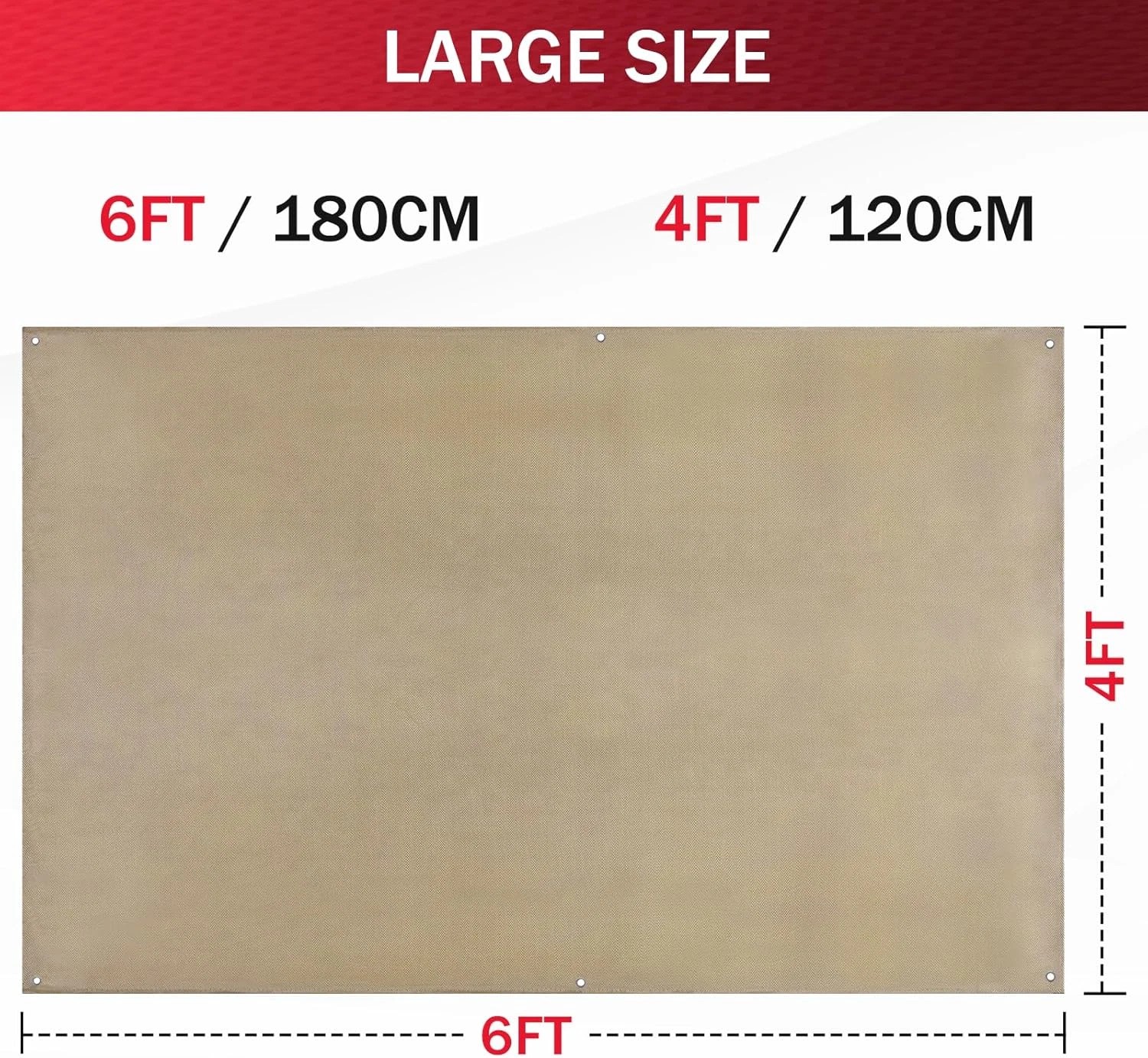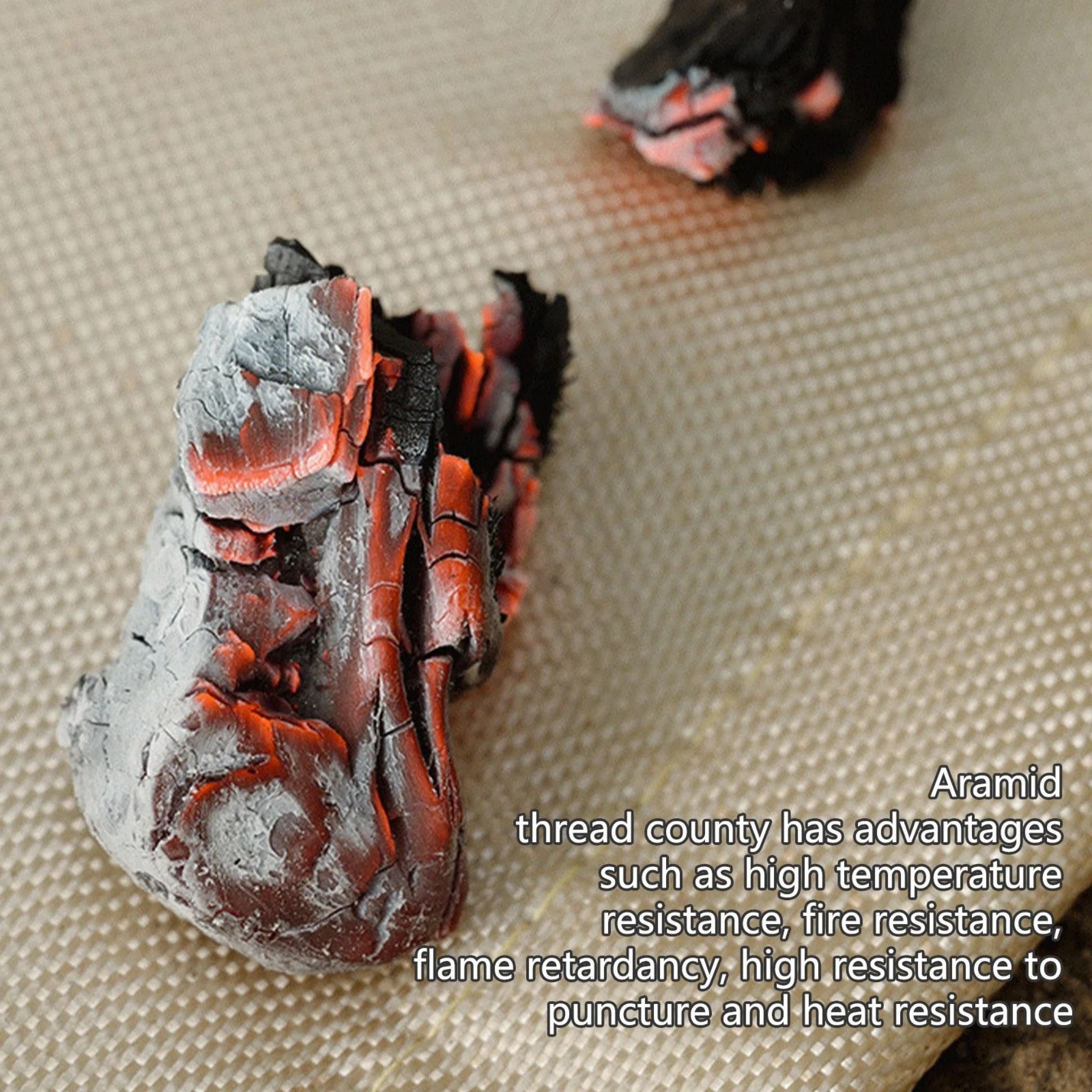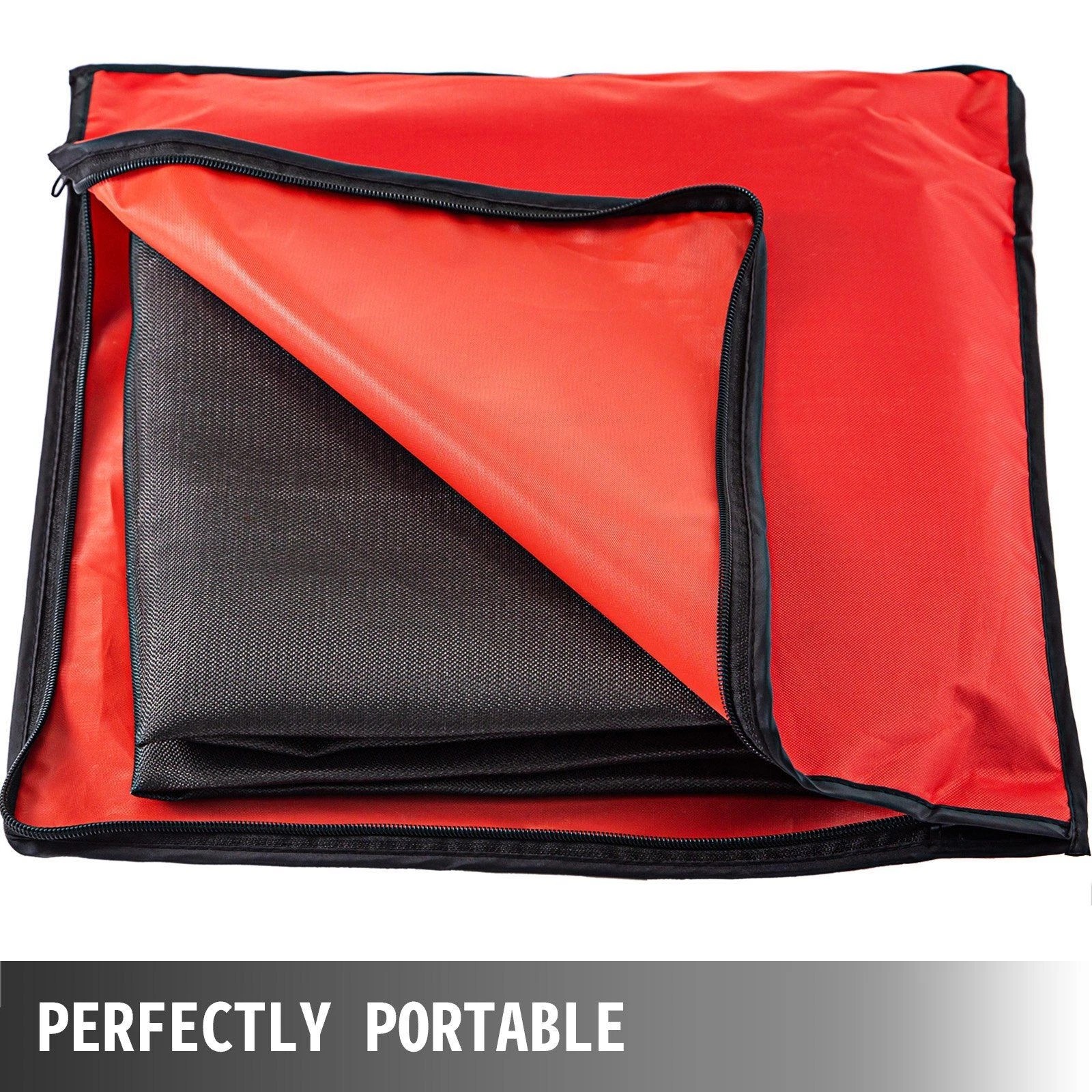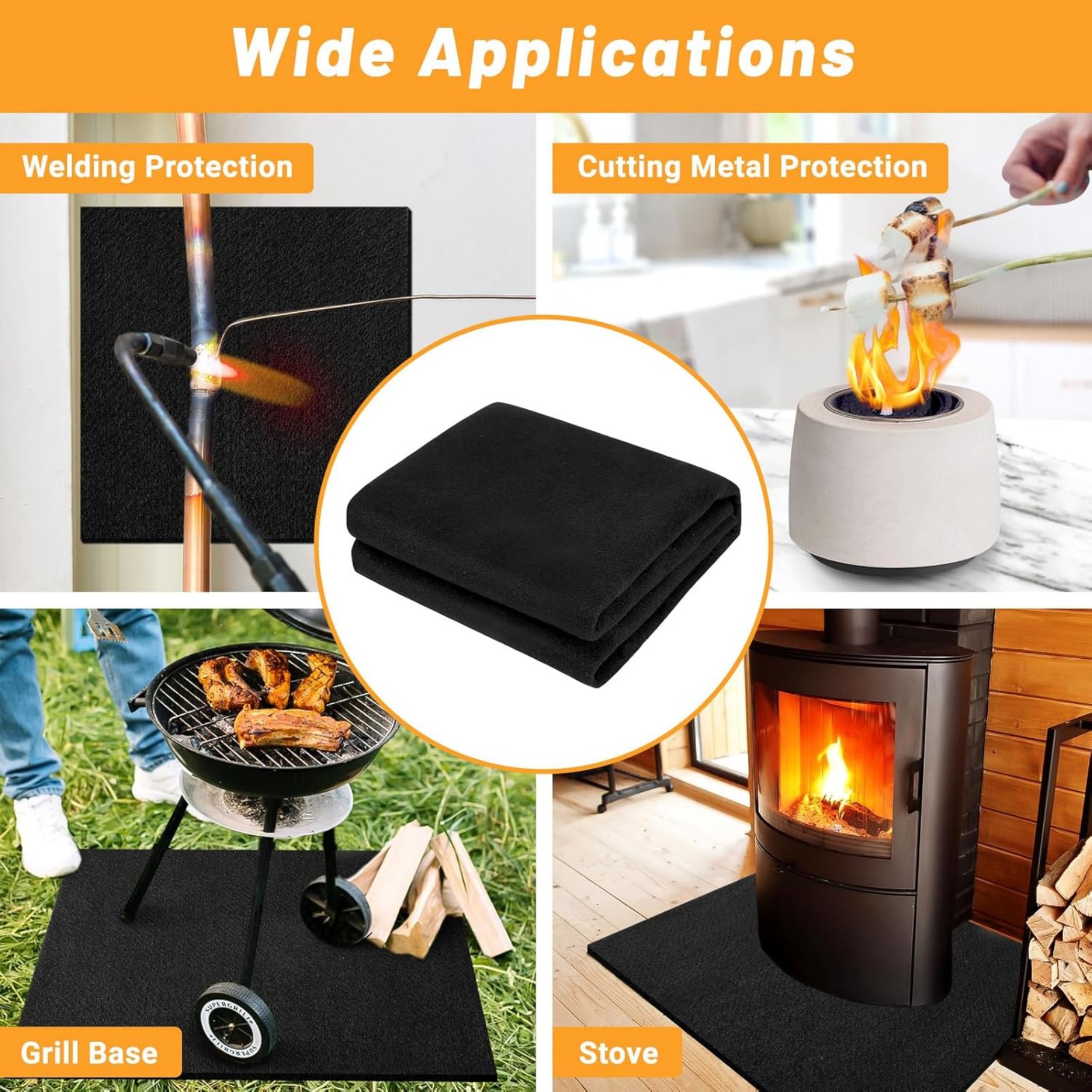DIY Welding Blanket Guide: Make Your Own Fireproof Protection
Summary:Learn how to create your own welding blanket for heat protection. This guide covers material selection, construction methods, safety considerations, and cost comparisons with commercial options.
Why Make a DIY Welding Blanket?
Commercial welding blankets can be expensive, especially for hobbyists. A DIY welding blanket offers affordable protection against sparks and heat. When properly constructed, homemade versions provide similar safety at lower cost. You'll need fire-resistant materials and basic sewing skills.
Materials for Your Welding Blanket
Choose these fireproof materials:
- Fiberglass fabric:The best choice (rated to 1000°F/538°C)
- Silica cloth:More expensive but handles higher temperatures
- Kevlar thread:Essential for sewing heat-resistant fabrics
- Grommets:For hanging your blanket when not in use
Avoid materials like cotton or synthetic blends that can melt or catch fire.
Step-by-Step Construction
- Measure your workspace:Standard sizes are 4'x6' or 6'x8'. Cut fabric 2" larger than final dimensions.
- Double-layer construction:Place two fabric pieces together. This provides better protection than single-layer.
- Sew edges:Use Kevlar thread and a heavy-duty needle. Leave a 1" seam allowance.
- Add grommets:Space them every 12-18 inches along the edges for hanging.
- Reinforce corners:Sew X-patterns at each corner for durability.
Safety Considerations
Your DIY welding blanket must meet these safety standards:
- Withstand temperatures from your specific welding processes
- Not produce toxic fumes when heated
- Remain flexible after repeated heat exposure
- Cover all surrounding work surfaces adequately
Test small fabric samples before making the full blanket. Watch for melting, shrinking, or smoke production.
Maintenance Tips
Proper care extends your blanket's life:
- Shake out debris after each use
- Store flat or rolled - never folded (causes weak spots)
- Inspect for damage before each use
- Wash only if necessary (hand wash in cold water, air dry)
When to Buy Instead of DIY
Consider commercial welding blankets if:
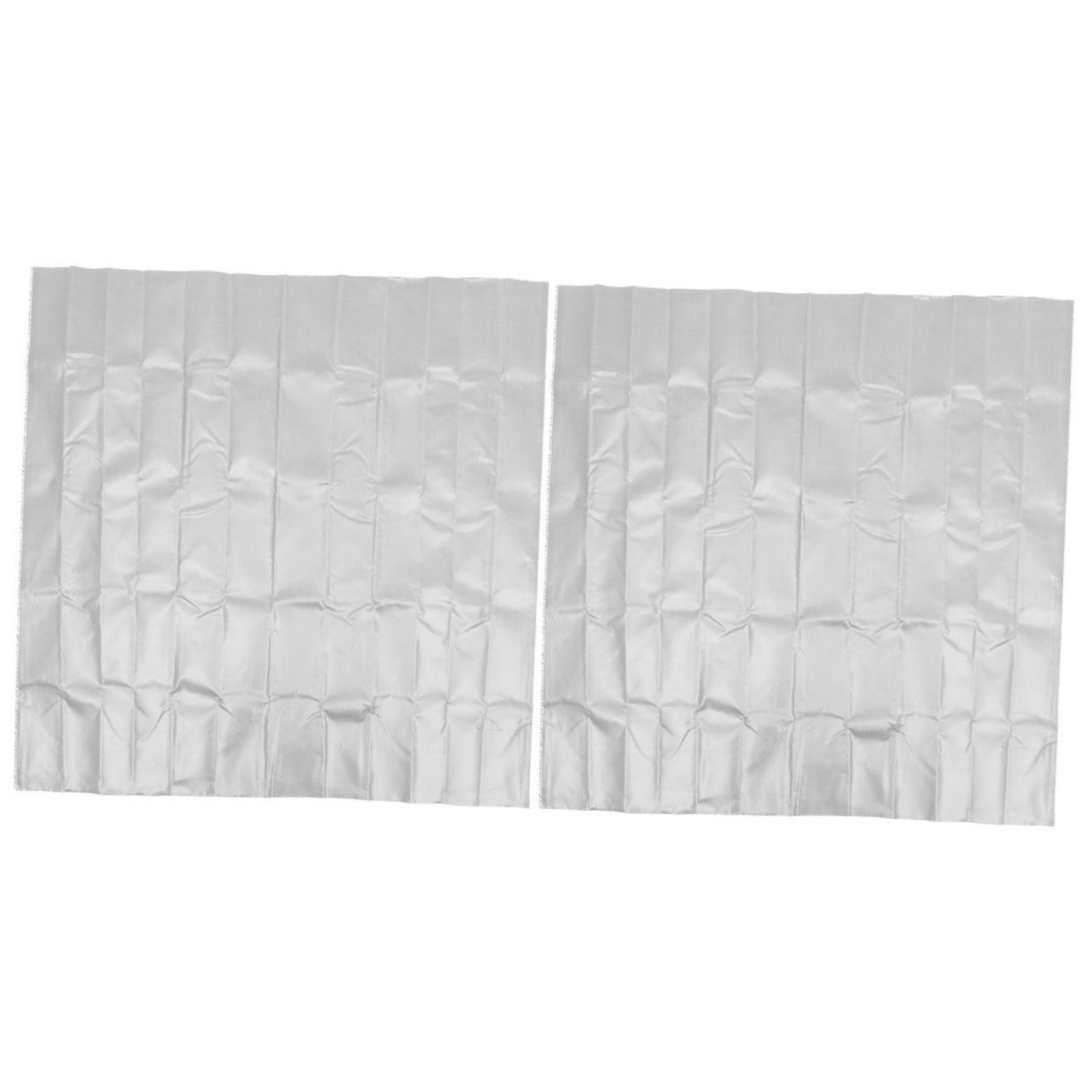
- You need OSHA-compliant protection for professional work
- Your welding generates extreme heat (over 1000°F)
- You require certified flame resistance
- Time is more valuable than cost savings
Cost Comparison
| Option | 4'x6' Cost | Pros | Cons |
|---|---|---|---|
| DIY Fiberglass | $30-$50 | Customizable, repairable | Time-consuming |
| Commercial Basic | $60-$90 | Ready to use | Standard sizes only |
| Professional Grade | $120+ | Certified protection | Expensive |
Alternative Uses
Your DIY welding blanket can also:
- Protect floors during soldering
- Serve as a forge liner
- Cover wooden surfaces during grinding
- Act as emergency heat shielding
With proper materials and construction, a DIY welding blanket provides effective protection for most hobbyist needs. Always prioritize safety over cost savings when working with high temperatures.


